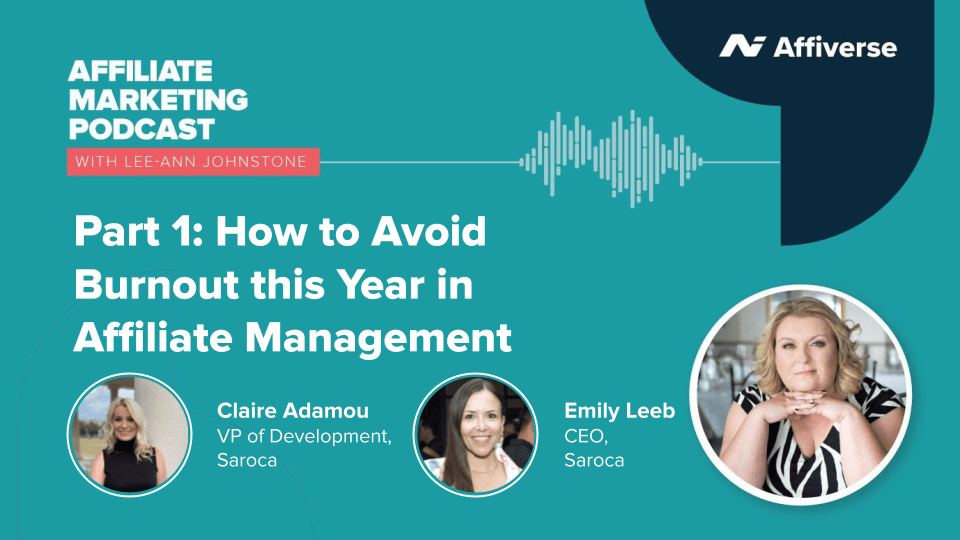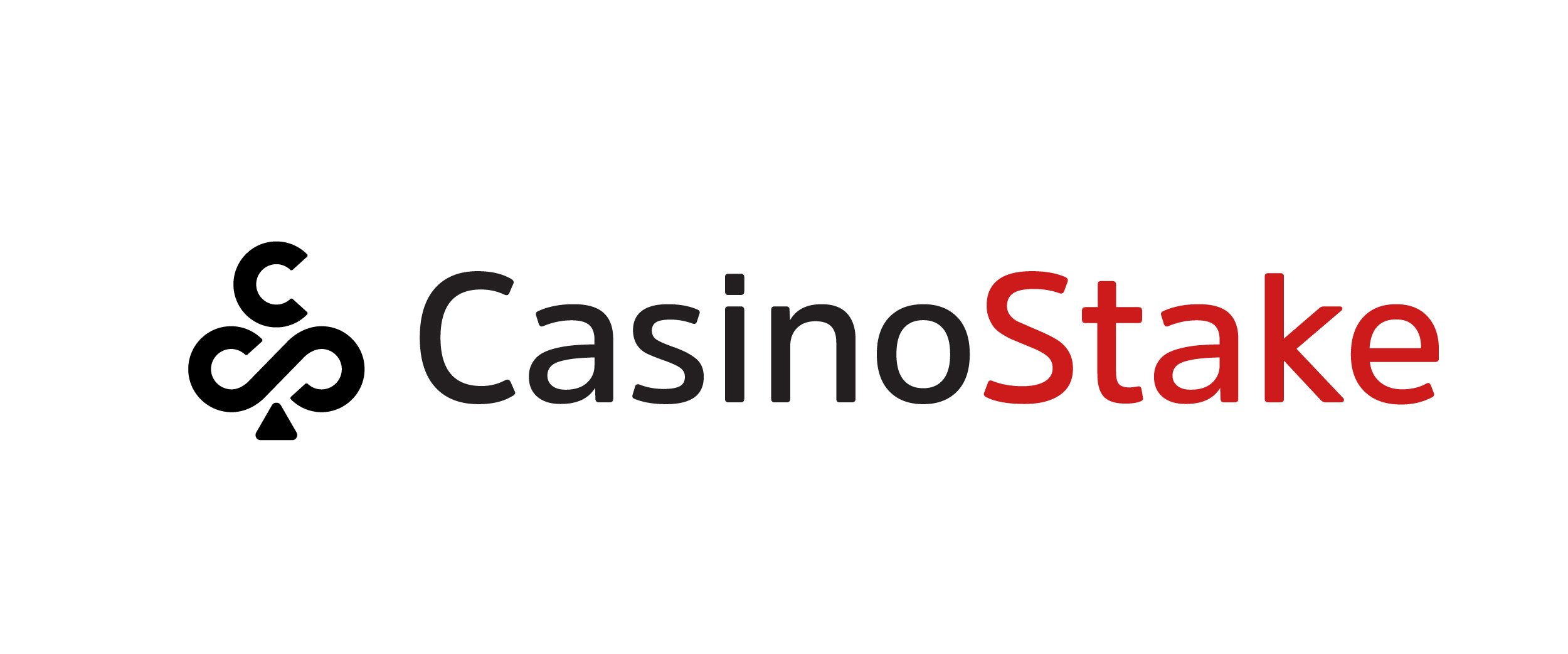Inclusivity is an increasingly important topic in today’s world. As modern society continues to become more diverse, more welcoming, and more tolerant, we’re seeing inclusivity increasingly put at the forefront of businesses and institutions. Inclusive social media marketing might not be something you’ve encountered before, but putting it into practice is essential for all digital businesses today.
There’s a lot to think about when developing and implementing a social media marketing strategy. While your content plan, message delivery, and influencer partner campaigns are all important, you should never lose focus and fail to ensure that your marketing strategy is inclusive and accessible. We’ve put together a guide to inclusive social media marketing, read on to check it out.
What does inclusive social media marketing mean?
What do we actually mean when we talk about inclusive social media marketing? All businesses must remember that consumers come from a wide range of different backgrounds. Many of them will have certain needs and requirements and may not be able to interact in the same way as other consumers.
In brick-and-mortar stores, inclusivity can include things like disabled access and acoustic considerations for those with sensory issues.
For businesses operating solely in the online sphere, inclusivity is still important. If you market your brand on social media, ensuring you are doing so in an inclusive way is essential.
Doing so means your messaging will reach a larger audience and will make your business appear modern, progressive, and welcoming, which will considerably benefit your brand’s image.
Include captions and subtitles
Thanks in part to the success of platforms like TikTok, video content is more popular than ever before. If you want to run a successful social media campaign, video content needs to be one of your primary focuses.
However, video content poses a challenge for users who are hearing impaired. If your video uses sound to deliver your brand message, captions and subtitles can help make the content more inclusive and more accessible for those with additional needs.
Thankfully, all of the major social platforms have in-built tools for adding closed or open captions. Make sure you do this to ensure your video content is inclusive and accessible.
Utilise alt text
Images play a huge role in digital marketing, and they are used for everything from advertising products to connecting with consumers.
For the visually impaired, image-based social media marketing is ineffective and will have little impact. This is why it’s so important to use alt text. Alt text tools, such as those found on Twitter, Instagram, and Facebook, provide a text description of all images that people using screen readers can activate to hear a description of the image on the screen.
Alt text descriptions should be clear and concise, describing the image in the most accurate way possible. However, they don’t have to be bland or boring, inject a little humour to keep users engaged and entertained.
Think about what you write
While videos and images are important considerations when looking to implement an inclusive social media marketing strategy, you’re also going to need to think about the copy and written content that you’re putting out there.
Your written content should be as clear and as transparent as possible. English isn’t everybody’s first language, so avoid relying too heavily on slang or colloquialisms, as this could alienate certain demographics.
Always use standard fonts too. Less common fonts can be incompatible with screen readers and make it impossible for visually impaired users to access your content.
One key tip is to always capitalise the first letter in every word of your hashtags. This is known as Pascal Case, and it’s used so that screen readers can identify hashtags when they appear.
Finally, you should never use language that could be considered racist, misogynistic, homophobic, transphobic, or in any way harmful or offensive. Review and carefully consider all content before it is pushed live to ensure you are not making any inappropriate or insensitive comments.
Listen to feedback
Inclusive social media marketing is crucial in today’s world. However, despite your efforts, things can sometimes slip through the net.
Listening to customer feedback is essential and can help you pick up on anything you might have missed. Read reviews and comments and put together surveys to better understand how inclusive your social media strategy is and what can be done to make it more accessible for users.
Your team also plays a vital role, they can give feedback and evaluate how inclusive your campaigns are. Having a diverse team behind you is vital, they will have the shared knowledge and experience necessary to facilitate inclusive social media marketing practices.
Conclusion
Use this guide to learn what inclusive social media marketing is and why you should be integrating these practices into your digital business strategy.
Looking for more social media and digital marketing insights? Check out our blog or, for a more personalised approach, book a free call with one of our team.
If you want the latest marketing advice and guidance, register to join our ELEVATE Summit in July. At this unmissable event, we’re hosting talks, workshops, and panels with a selection of industry experts, with all content available to stream directly from our website.























